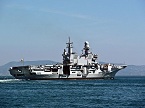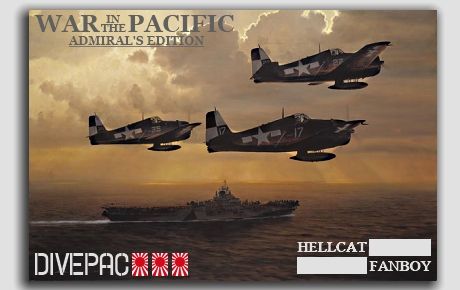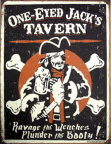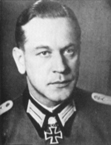wdolson
Posts: 10398
Joined: 6/28/2006
From: Near Portland, OR
Status: offline

|
When at peace, it takes a while to wake up forces and get on a war footing. Especially a large country like the US. The u-boats had a field day for over a month after the war started within sight of land on the US East Coast. They used the lights from US coastal cities that were still lit up like peacetime to hunt ships going up the coast. When a shadow blotted out the lights, they fired.
US ASW was slow to respond to the threat. That went on for almost two months and only ceased because Doenitz got nervous and pulled the u-boats back.
The powers that be did not believe Pearl Harbor was at risk from air attack. Short especially was far more concerned about sabotage than air attack. That's why all the planes were grouped together. Joseph Reeves was the US's first carrier admiral. He pioneered carriers working together as a unit and he conducted two mock air raids on Pearl Harbor at two different times showing that Pearl was vulnerable to air attack.
Reeves was retired by 1941, but while the US was beginning to forget his lessons, the Japanese were students of it. Reeves never had more than 3 carriers to work with, but the Japanese trained for all 6 of their CVs to work as a single unit. The US never expected that anyone would do that.
Look at the timeline for other surprise attacks. Even in the modern era with instant communication around the globe, most countries are slow to react outside of the immediate attack zone. In WW II the Philippines were attacked many hours after Pearl Harbor and the Japanese were able to pretty much destroy most naval facilities in the PI and destroy most aircraft on the ground. The US did put most aircraft into the air when they heard about Pearl, but there was no planning of CAP and all the fighters were on the ground refueling when the Japanese showed up. Nobody thought to disperse the bombers to other fields less likely to be attacked in the first wave.
As a result, a lot of aircraft and support facilities were destroyed in the first attack.
And that was in a location that knew it was on the front line in the event of war. Pearl Harbor had much less reason to believe it was under any threat. If the PI had been attacked hours before Pearl, they would have been out recalling liberty, and would be getting the battleships ready to go, but they would be thinking in terms of many days rather than hours. Facilities probably would have been on a slightly higher alert level, but nothing like a full war footing.
The majority of humans think very locally. War on the other side of the world is a remote thing and most people aren't going to think it could happen here. In the first months of WWII the US government commissioned a bunch of films to tell the public why we were at war. They were propaganda to some degree (I've seen a couple of them), but they drove home the reality that the US was at war. A type of war that would require everyone's contribution.
On the morning of Dec 7, 1941, the sailors of the Pacific Fleet and the soldiers of the Hawaiian department would be waking up figuring that they had some tough fighting in the months ahead, quite possibly in and around the Philippines. Very few would be thinking that bombs could be falling on their heads that day. Even the top brass in the islands would have been little concerned about air attack.
Reports from the PI probably would have lulled the US into thinking the KB was around the PI. The first air attacks were escorted by Zeroes, which at that time were barely known to US intelligence (which was far more amateurish than it became in the next year). Nobody thought that the Japanese had any fighter with the range to escort bombers all the way from Formosa to the PI and back. They would have assumed that all the fighters were coming from carriers in the area.
The ships at Pearl would have been stirring to life, planning on leaving within days, not hours. Mostly to get the crews thinking about war footing, a few captains and a few NCOs would have taken upon themselves to have AA guns manned and ammo broken out, but it would have been local initiative rather than a fleet wide order. Similarly, the army would have been flying a few CAP aircraft during daylight hours mostly to let people on the ground know they were there.
Japanese losses would probably have been a little higher due to a slight step up in security at Pearl, but I think the attack would have largely gone as it did. The US was preparing for war in December 1941, but the idea hadn't percolated down much by then. Peacetime habits are hard to give up, even in the military. Because of PH, the US military reacts a lot faster now to threats, but back then the US had never had a surprise attack. The last time a foreign enemy had attacked was 1812, 130 years earlier. The concept that the US was vulnerable anywhere took a while and a hard lesson to sink in.
The US had a very different attitude about war and it's place in the world in 1941. Probably nobody on this forum has ever experienced that US. After WW II the US never returned to that mindset.
Bill
_____________________________
WitP AE - Test team lead, programmer  |
 Printable Version
Printable Version



















 New Messages
New Messages No New Messages
No New Messages Hot Topic w/ New Messages
Hot Topic w/ New Messages Hot Topic w/o New Messages
Hot Topic w/o New Messages Locked w/ New Messages
Locked w/ New Messages Locked w/o New Messages
Locked w/o New Messages Post New Thread
Post New Thread